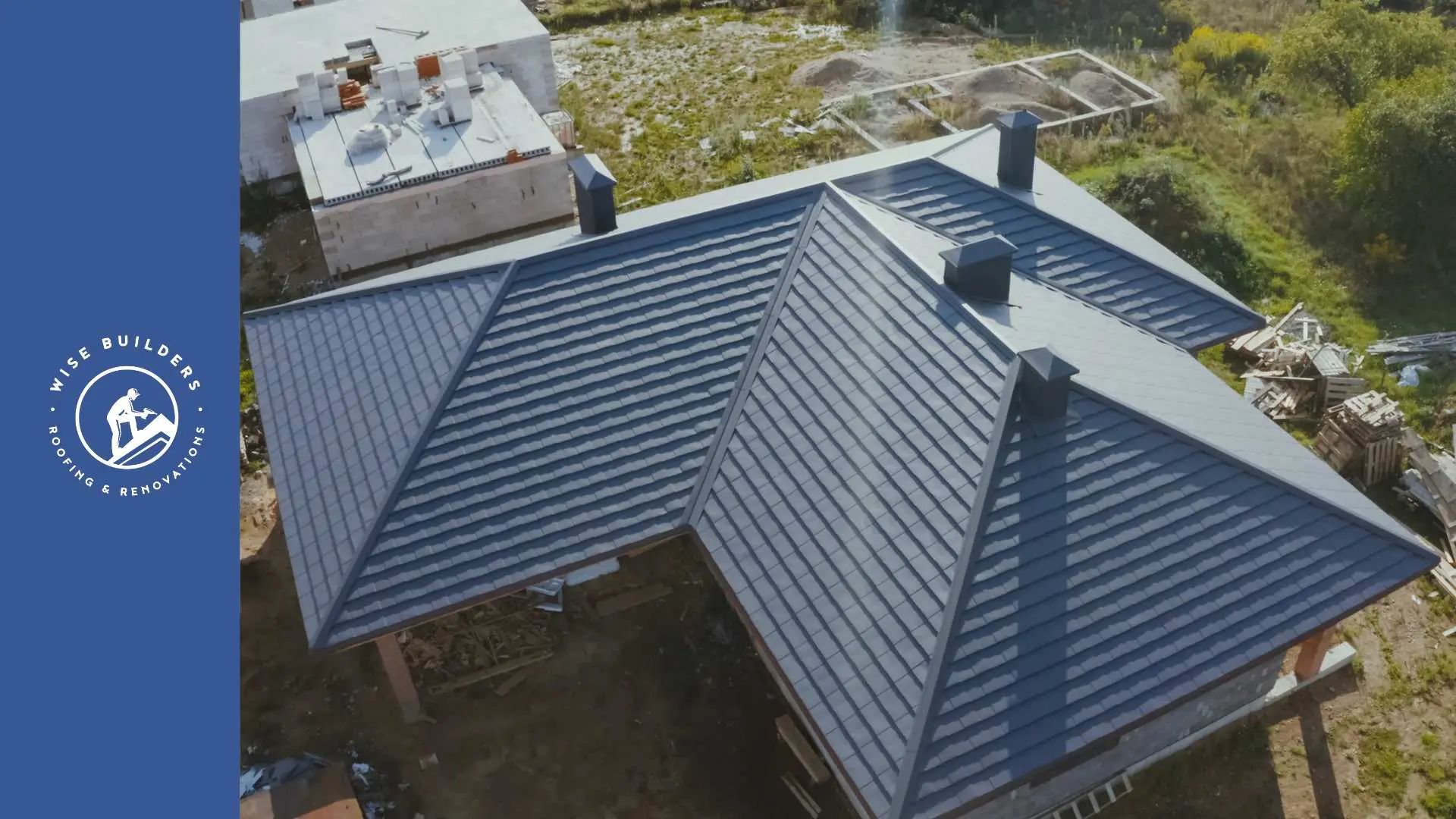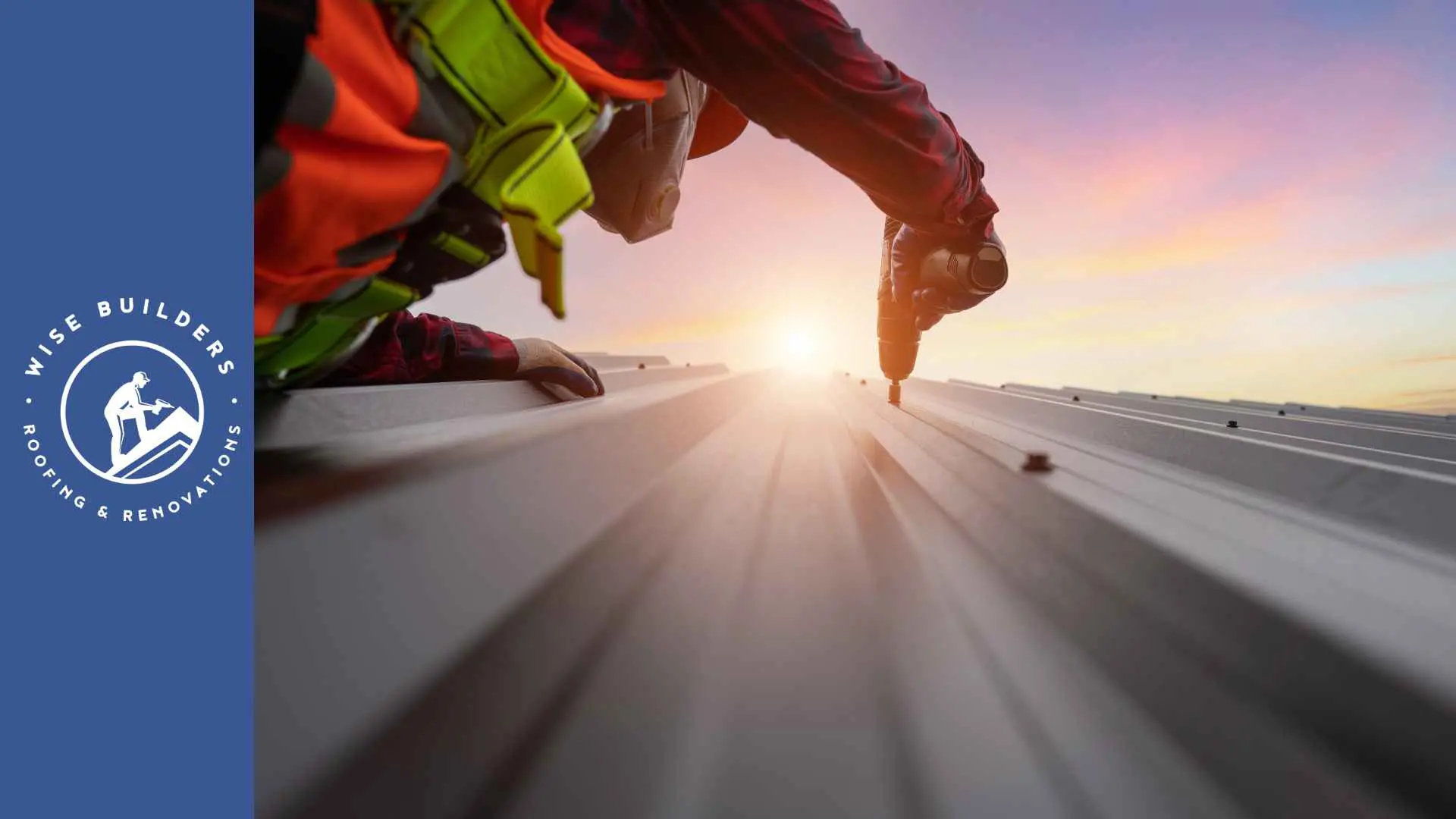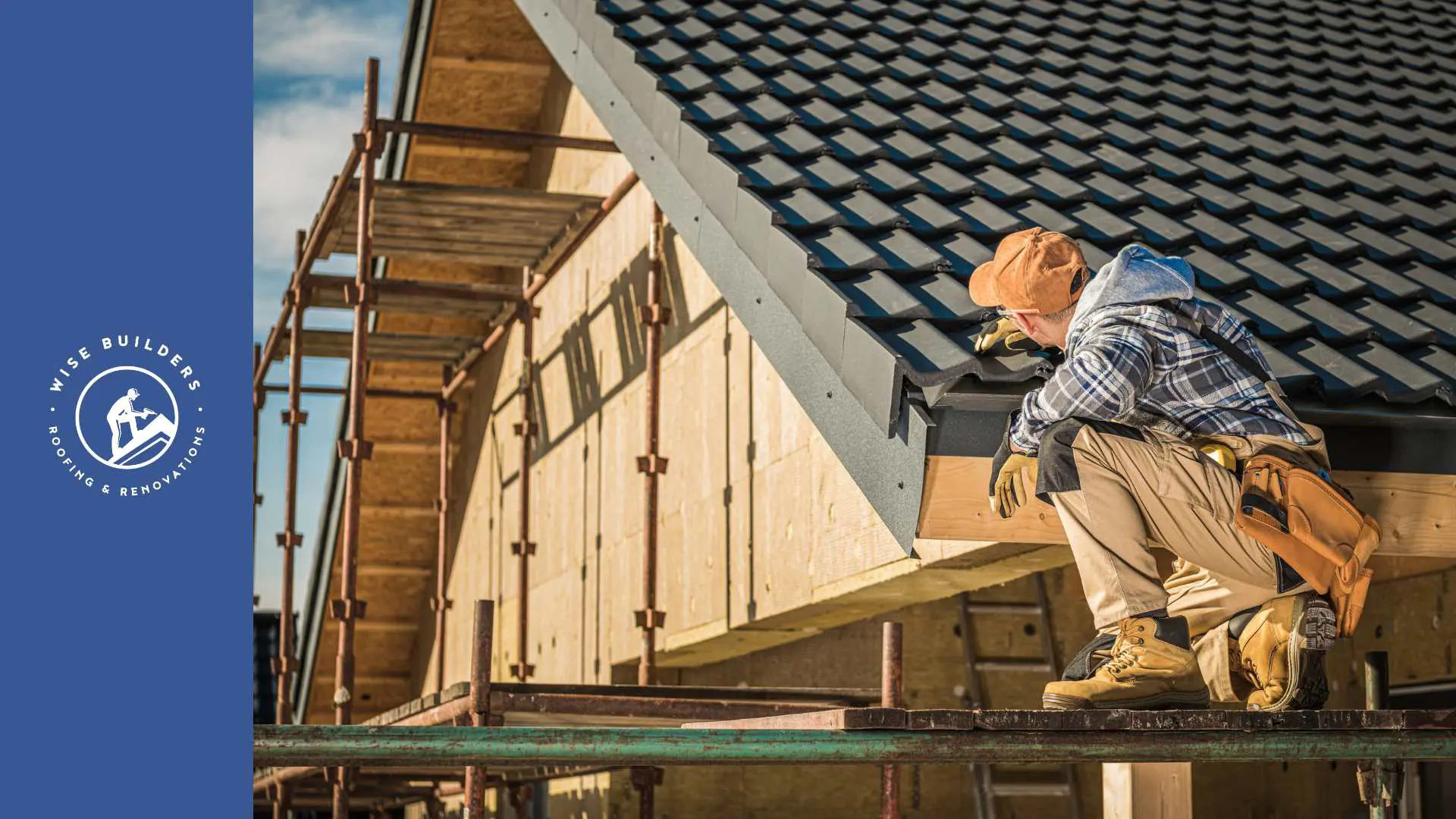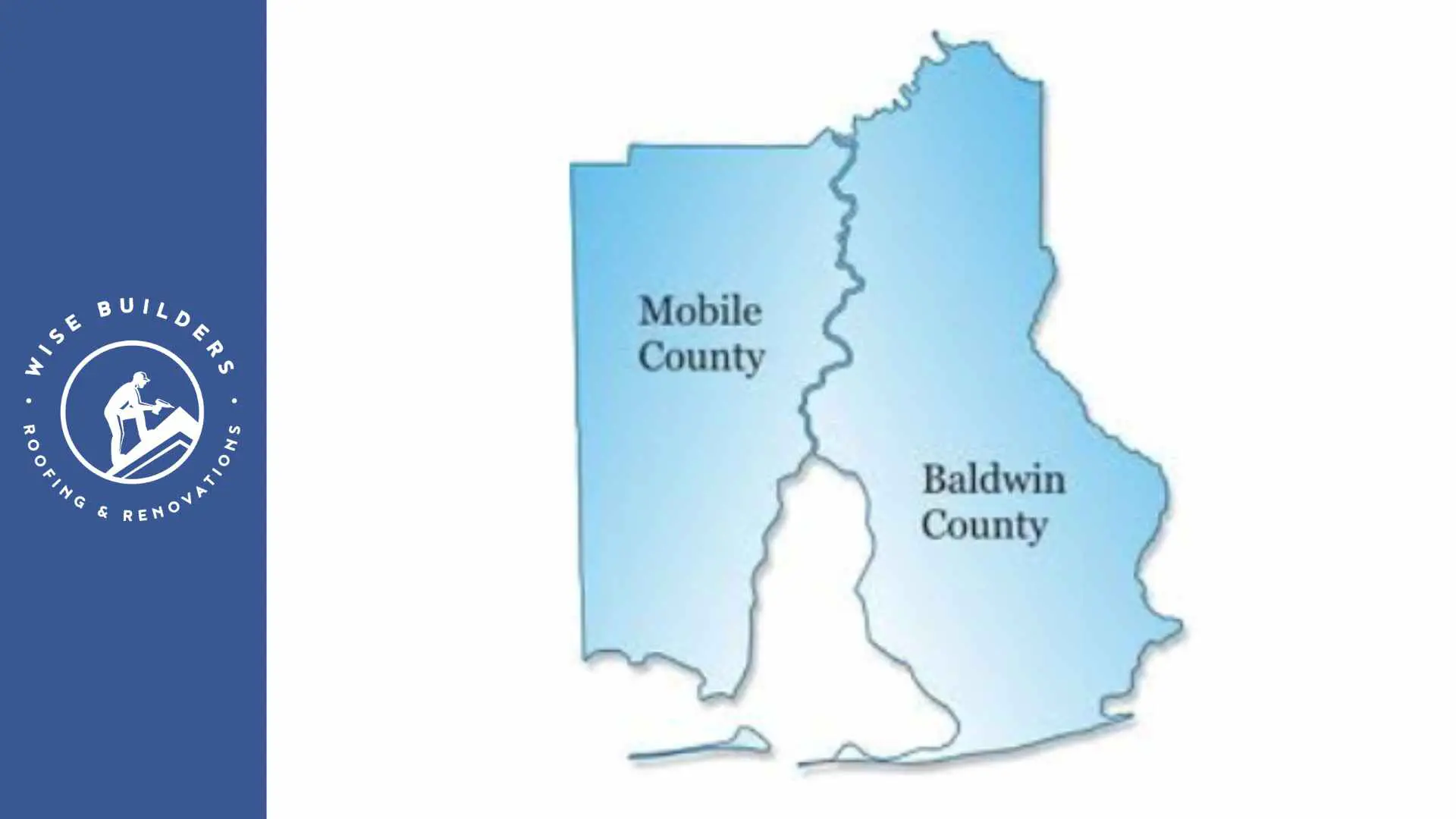The durability and lifespan of a roof depends on a multitude of factors, ranging from the materials used to the quality of installation and the prevailing weather conditions. Understanding these factors is critical for homeowners to make informed decisions about roof maintenance, repairs, and eventual replacement. This article explores the five key elements that significantly impact the longevity of roofing systems, offering insights into how to maximize the life of your roof.
Quality of Roofing Materials
The choice of different roofing materials for your roof is a critical factor in determining its longevity. Opting for premium materials such as slate, metal, and specific composite shingles can result in a roof that lasts over 50 years or even more. On the other hand, asphalt shingles, widely used due to their affordability, generally have a lifespan ranging from 20 to 30 years.
It is important to consider materials that are appropriate for your region’s climate and environmental factors as this can further prolong the life of your roof. For instance, in areas prone to heavy rainfall, ice dams or snowfall, materials with high water resistance would be advisable to prevent water damage and leaks. Similarly, in regions with intense sunlight and heat exposure, ensuring proper ventilation and selecting materials that offer UV protection and thermal insulation can help maintain the integrity of the roof over time.
Regular roof maintenance and timely repairs are also crucial in preserving the lifespan of any roofing material. Inspecting the roof periodically for damage, cleaning debris, and addressing small issues promptly can prevent minor problems from escalating into major concerns that could shorten the roof’s lifespan. Additionally, hiring professional roofing contractors for installation and maintenance tasks ensures that the materials are handled properly and installed correctly, maximizing their durability and performance.
Installation Expertise
The durability and lifespan of a roof heavily rely on the proficiency and experience of the individuals installing it. A correctly installed roof guarantees that the roofing materials function optimally, reducing the risk of problems like leakage, water damage, and structural weaknesses. Selecting a trustworthy and adept roofing contractor renowned for their precision and dedication to excellence is crucial in ensuring a roof’s longevity.
Moreover, regular maintenance, inspections, and timely repairs are essential to prolonging the life of a roof. Neglecting these aspects can lead to frequent repairs and premature deterioration of the roof structure and its components. By investing in professional installation and ongoing care, property owners can safeguard their roofs against potential issues and extend their overall lifespan.
Climate and Environmental Conditions
Environmental factors play a significant role in determining the longevity of a roof. Harsh weather conditions, including severe weather conditions such as strong winds, which can cause wind damage to shingles, hail, heavy rainfall, and extreme temperature fluctuations, can hasten the deterioration of a roof by removing protective granules. Regions that are susceptible to severe weather events or high humidity levels may necessitate more frequent upkeep and earlier roof replacements compared to areas with milder climates.
In addition to weather-related impacts, environmental factors like air pollution, exposure to UV radiation, and the presence of nearby trees can also affect the health of a roof. Airborne pollutants and UV rays can cause degradation of roofing materials over time, while tree branches hanging over a roof can pose a risk of physical damage.
Considering these environmental influences is crucial when planning for roof maintenance and replacement strategies. Implementing preventive measures such as regular inspections, prompt repairs, and choosing durable roofing materials suitable for specific environmental conditions can help extend the lifespan of a roof and ensure its optimal performance over time.
Roof Design and Construction
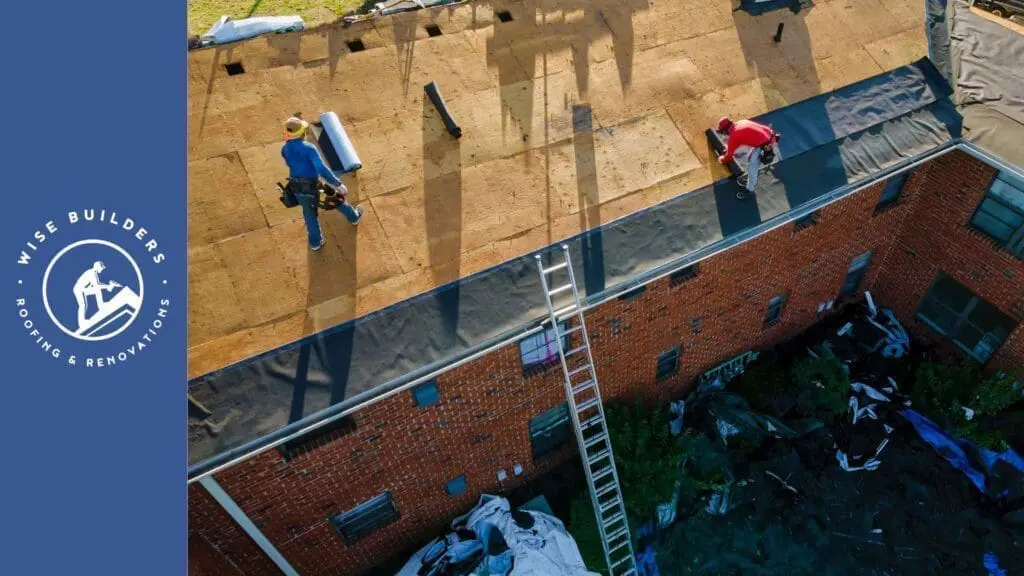
The design of a roof is a critical factor in determining its durability and resilience against environmental factors. Various elements such as the slope, orientation, and complexity of the roof design play a significant role in how effectively a roof can withstand stress and effectively shed water.
Roofs with steeper slopes are generally more durable and have a longer lifespan compared to flat roofs. The steep angle allows for efficient runoff of water, snow, and debris, reducing the risk of moisture-related damage and structural issues over time. Additionally, roofs that face the right orientation based on the local climate conditions can maximize sunlight exposure or minimize exposure to harsh weather elements, further enhancing their performance and longevity.
Moreover, the complexity of the roof design can also impact its ability to withstand environmental stresses and enhance its curb appeal, providing homeowners with peace of mind. Intricate designs may provide additional protection against wind uplift and other natural forces, but they can also create challenges in terms of maintenance and repair.
In conclusion, when designing or evaluating a roof structure, it is essential to consider these factors to ensure optimal performance, longevity, and protection against the elements. A well-designed roof not only enhances the aesthetic appeal of a building but also plays a crucial role in maintaining its integrity and functionality over time.
Maintenance and Repairs
Proactive roof maintenance is essential for prolonging the lifespan of your roof. Regular inspections play a crucial role in detecting any potential issues early on, including missing shingles, preventing minor concerns from escalating into major problems that could compromise the integrity of your roofing system. It is imperative for homeowners to keep their gutters clear of debris, ensure that flashing is in good condition to prevent water infiltration, and promptly address any damage to shingles or other roofing materials to prevent moisture buildup.
In addition to regular inspections, scheduling annual inspections could enhance the professional roof assessments, providing a more in-depth analysis of the roof’s condition and helping identify any underlying potential problems that may not be visible during routine checks. Investing in timely repairs and addressing maintenance tasks promptly can ultimately save homeowners money in the long run by avoiding costly repairs or premature roof replacement. By staying proactive with roof care, homeowners can ensure their roofs remain durable and weather-resistant for years to come.
Conclusion
The lifespan of a roof is determined by a combination of factors, including the quality of materials, installation expertise, environmental conditions, design, and ongoing maintenance. By understanding these elements and taking proactive steps to address them, homeowners can ensure their roof remains in optimal condition for as long as possible. Engaging with professional roofing services in Mobile, AL, like Wise Builders Roofing and Renovations for installation, maintenance, and repair can significantly contribute to achieving this goal, keeping your home safe against the elements and enhancing its overall value.
We are highly rated by the Better Business Bureau and Nextdoor and we have 5 stars on, Google, Trust Index and Facebook.
FAQ’s
What factors influence the longevity of a roof?
Several factors influence a roof’s longevity, including the quality of materials used, proper installation methods, climate conditions, and maintenance practices. Regular inspections and timely repairs can significantly enhance roof longevity and durability, while extreme weather and environmental factors can lead to premature wear. Proper care is essential for maximizing your roof’s lifespan.
What is the typical life expectancy of a roof?
The typical life expectancy of a roof varies based on the various factors concerning the type of materials used. Architectural shingles, a type of asphalt shingle, generally last between 20 to 30 years, while metal roofs can endure for 40 to 70 years. Tile and slate roofs often exceed 50 years with proper care. Understanding these lifespans helps homeowners plan their maintenance and replacement strategies effectively, ensuring that their roofing system remains robust against challenges over the years. Choosing high-quality materials and investing in skilled installation are critical steps in extending your roof’s service life.
What is the long-term durability and maintenance of a roof?
The long-term durability and maintenance of a roof depend on various factors, including material quality, installation practices, and regular upkeep. Proper maintenance, such as routine inspections and timely repairs, can significantly enhance a roof’s longevity, ensuring it withstands weather conditions and remains structurally sound for years.



